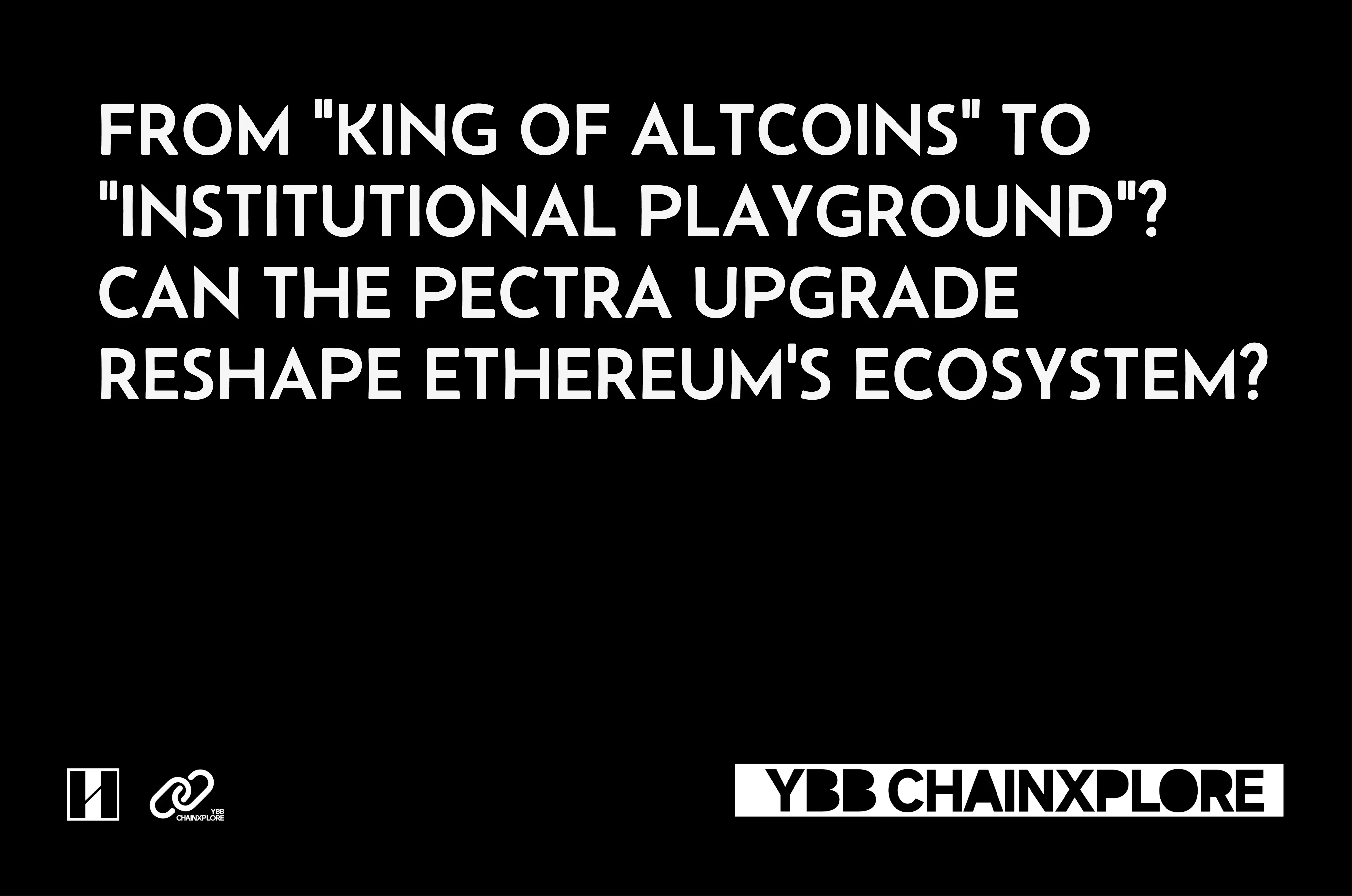Discussing LSD and DVT before the Ethereum Shanghai upgrade
Author: IOBC Capital
In Vitalik's articles and some roadmaps proposed by the Ethereum community regarding the planning after ETH2.0, a core idea is mentioned—centralized block production and decentralized validation.
After ETH2.0, the mining mechanism has shifted from PoW to PoS, and the scale of ETH Staking has rapidly grown. In just over a year of development, the number of ETH Staking has exceeded 16.5 million, and the number of Validators has reached 517,062.

Data Source: Beaconcha
However, from the perspective of the share of ETH Stakers, the leading staking platforms are mostly centralized platforms, such as Coinbase, Kraken, and Binance.

Data Source: Dune
Recently, there have been rumors in the market that the SEC hopes to eliminate crypto asset staking services for retail customers in the U.S. Additionally, Kraken announced the termination of its crypto asset staking services for U.S. users and will pay $30 million to settle SEC's charges of providing unregistered securities.
This incident has sparked industry-wide reflections on the anti-fragility of ETH2.0. If the rumored policy is implemented, centralized platforms like Coinbase, Kraken, and Binance will be affected. In light of this expectation, the market prices of tokens related to LSD and DVT concepts have risen against the trend.
LSD: Another Promising Business Model in the Blockchain Industry
LSD (Liquid Staking Derivatives) refers to liquid staking derivative protocols. Currently, it mainly includes projects like Lido, Rocket Pool, Frax, Ankr, and Stafi, with Lido holding over 73% of the LSD market share, accounting for 29.27% of the total ETH staking volume.

Data Source: Defillama
LSD is another promising business model in the blockchain industry. Many traditional entrepreneurs find the blockchain industry somewhat perplexing because they believe that only some "water-selling services" have mature business models, such as exchanges and Bitcoin mining.
The yield of the coin-based rewards in the Ethereum LSD track may be an attractive business opportunity—currently, the Base Reward annual yield is about 4.1%, Tips annual yield is about 2.2%, and MEV annual yield is about 1%, totaling an annual yield of 7.3% for Validators.
Currently, the total amount of ETH Staking exceeds 16.5 million ETH, with a staking ratio of about 13.6%. Compared to other public chains, the staking ratio of ETH is relatively low. For example, ADA, SOL, BNB, and AVAX generally have staking ratios exceeding 60%. There is still room for growth in the market size of LSD.
After the Ethereum Shanghai upgrade, the LSD track may show better data performance. Speaking of the Ethereum Shanghai upgrade, many people worry that the ETH unlocked after the upgrade will exert selling pressure on the secondary market. However, this selling pressure will not suddenly flood the market like a dam break, because the exit rules for Validators allow for 7 Validators (currently Total Validators 517,062) to exit every epoch (about 6.4 minutes), allowing for 1,575 Validators to exit per day. If the total number of Validators does decrease, the subsequent rate of decrease will slow down.

Content Source: Beaconcha
I personally believe that the total amount of Ethereum Staking may slightly decline in the short term after the Shanghai upgrade, but this staking ratio may continue to rise. Because after the Shanghai upgrade, the mechanism of ETH Staking allows for free withdrawal rather than requiring long-term locking, which may attract more holders to stake their ETH for earnings. This is similar to bank deposits; previously, it was fixed-term deposits, but later it became demand deposits, and the way interest is calculated remains largely unchanged, so perhaps the deposit amount will not decrease but rather increase.
DVT: Enhancing the Anti-Fragility of Proof-of-Stake Blockchains
DVT (Distributed Validator Technology) refers to decentralized validation technology. DVT allows Ethereum proof-of-stake Validators to operate simultaneously on multiple nodes, enabling a trusted network for staking infrastructure to ensure the security and decentralization of the blockchain network. The DVT track currently includes projects like SSV.Network and Obol Labs.
In simple terms, DVT forms a network of node operators, similar to a distributed network in blockchain, and each node in the cluster of DVT providers can have different clients, thereby reducing the risk of single points of failure.
Taking SSV.Network as an example: it is a fully decentralized open-source ETH staking network based on Secret Shared Validator (SSV) technology. SSV manages its validation network through an MPC threshold scheme based on the Istanbul BFT consensus mechanism to achieve decentralized validation. The overall operational logic of SSV is as follows:
ETH holders stake ETH to the SSV protocol to become Stakers (these ETH holders may be individuals or institutions with more than 32 ETH, or they may be LSD platforms). Users should originally stake ETH to a Validator Client to become a Validator in the Ethereum network. The SSV Network aggregates many Operators (i.e., Nodes), and these Operators help Stakers correctly perform their Validators' duties under the IBFT consensus mechanism;
The SSV protocol uses Distributed Validator Technology to distribute Validator Keys among non-trust Nodes through Distributed Key Generation. These Nodes execute the duties of Validators as Operators under the Istanbul BFT consensus mechanism;
Stakers need to pay SSV Tokens to Operators as a reward for their execution of Validators' duties, and a liquidator mechanism is also set up to ensure the rights of Operators.
The main advantage of DVT technology in this process is that it can form a distributed network of Validators, relying on a consensus mechanism (IBFT) to jointly perform the duties of Validators, and it can achieve diversity in Validator Clients, improving fault tolerance while reducing the risk of single points of failure for Validators.
LSD platforms and DVT technology providers can collaborate. For example, Lido can integrate SSV.Network's DVT solution to achieve decentralization of its node operators, mitigating the risk of ETH being penalized due to server downtime caused by a single node operator holding the validation keys.
In summary, according to the consistent stance of the Ethereum community on the long-term development trend of Ethereum, the Ethereum community is likely to continue to insist on anti-fragility.










